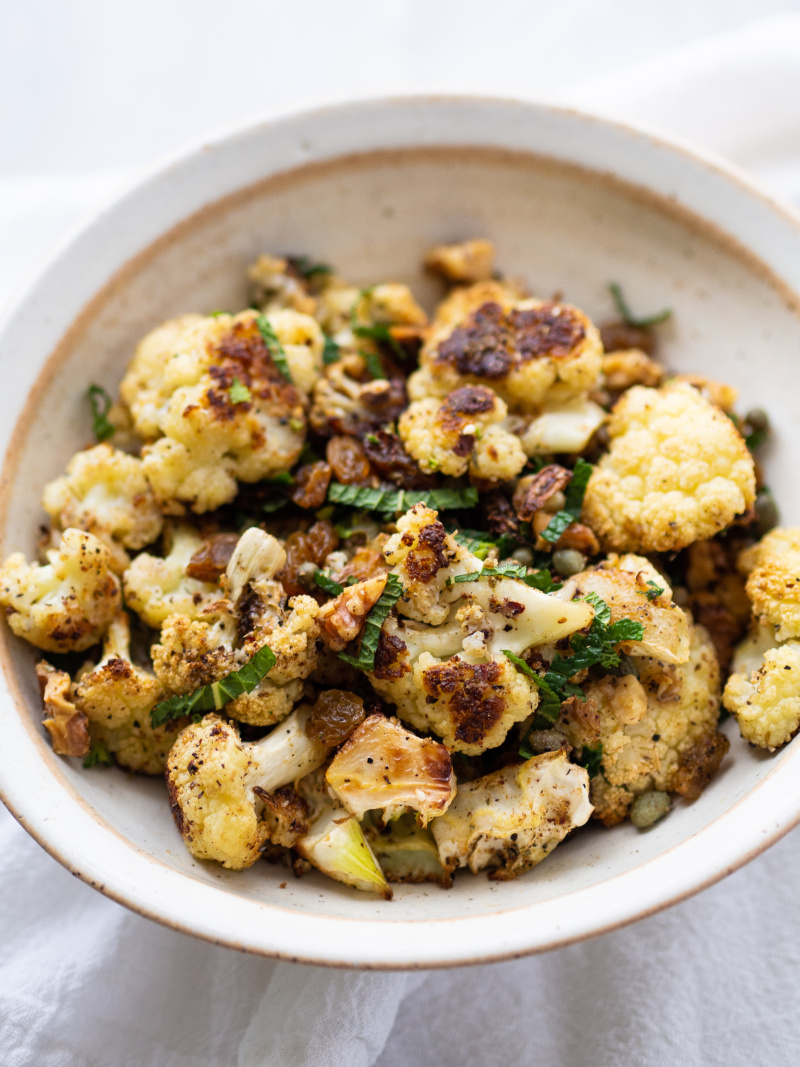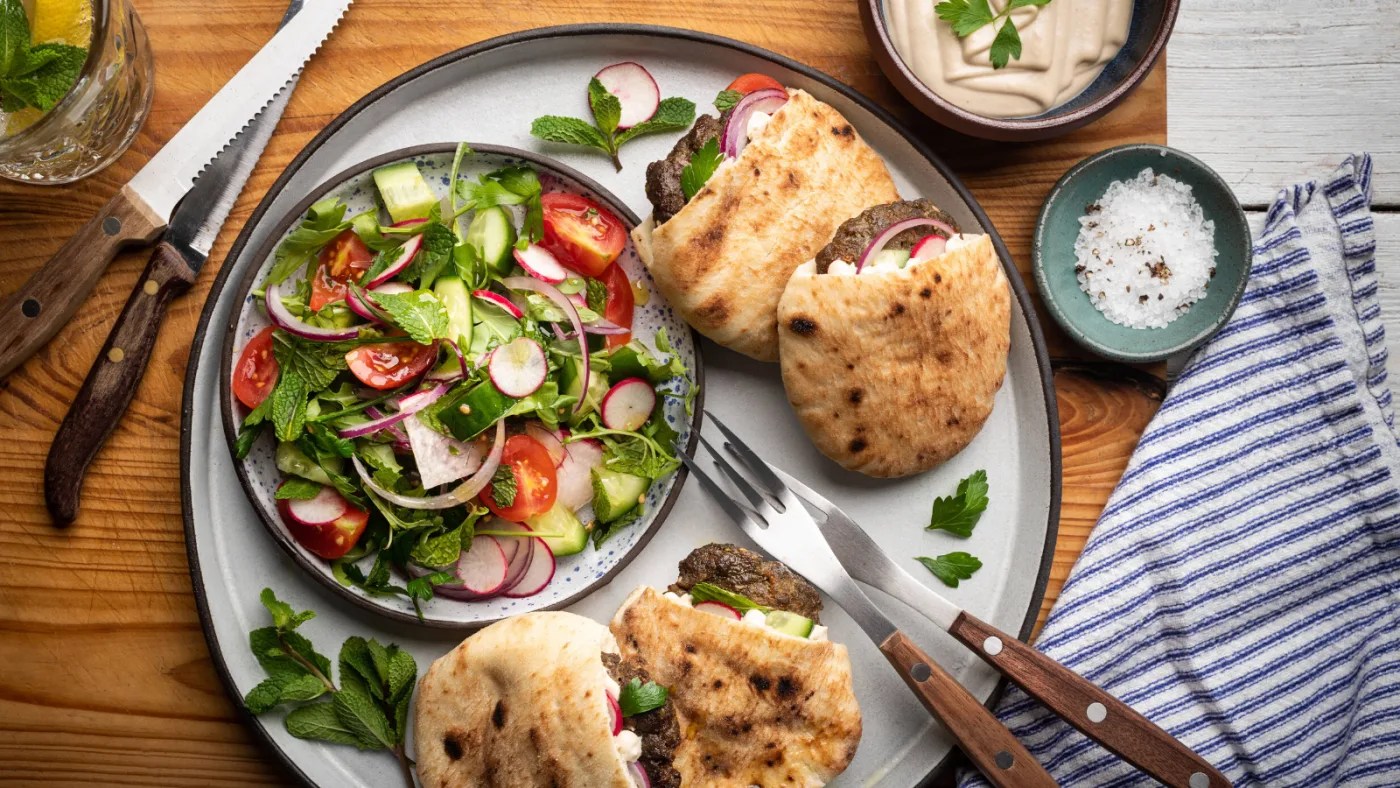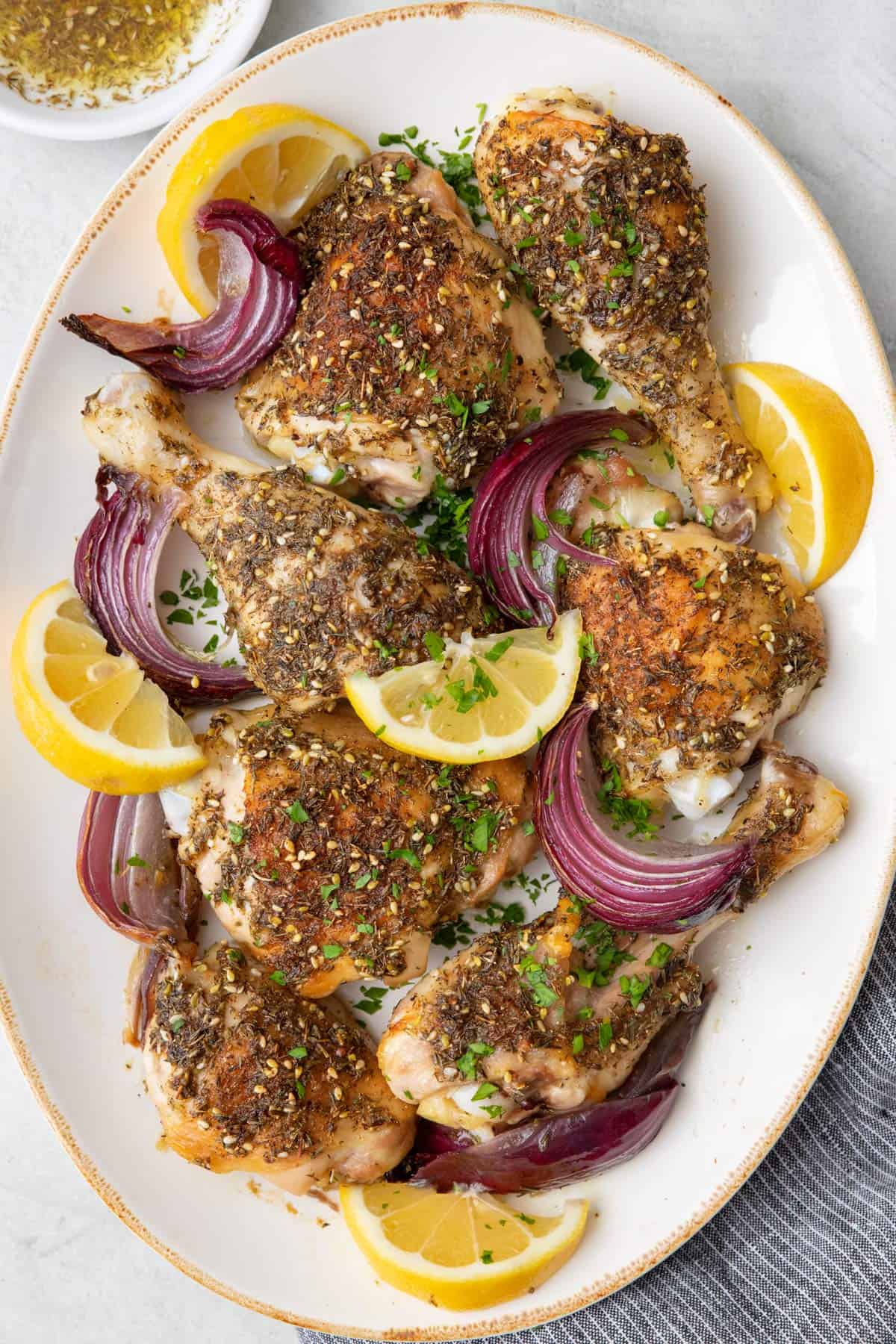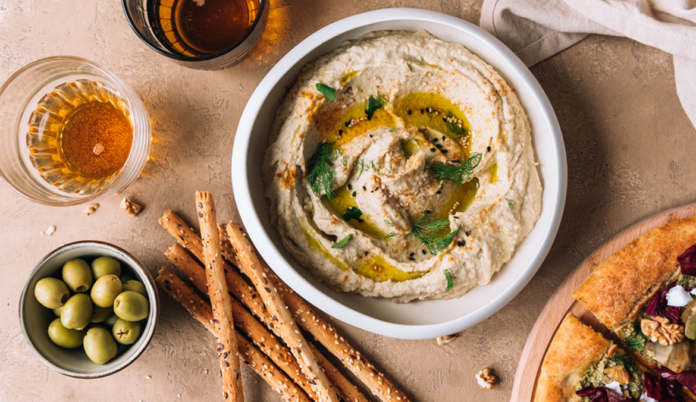Long earlier than I began to cook dinner, I knew how essential it was to boost your life… courtesy of Child, Scary, Sporty, Ginger, and Posh. Gratuitous Spice Women point out apart, when it comes to spice within the culinary sense, I really solely started to make my very own meals once I moved to Tel Aviv after school. I used to be lucky sufficient to stay a couple of blocks away from Shuk HaCarmel—town’s well-known open-air meals market—and one of many first spices I added to my pantry was za’atar: a scrumptious, earthy mix I loved in a few of my favourite Center Japanese dishes.
Fact be instructed, I by no means actually thought of which spices za’atar contained, or what advantages a shake right here and a touch there might supply. However within the spirit of revisiting my early cooking recollections and to cowl the fundamentals for many who haven’t tried za’atar themselves, I requested Rachael Hartley, RD, LD, dietitian and writer of Light Vitamin, to share a couple of important insights. And later: a couple of recipes that I hope will encourage you to take a look at za’atar by yourself foodie adventures.
What’s za’atar spice?
“Za’atar is a spice combination made with the natural plant za’atar—or thyme or oregano, that are carefully associated—blended with sesame seeds, sumac, and salt,” Hartley says. She reiterates that za’atar is often utilized in cuisines throughout the Mediterranean and Center East, noting that totally different cultures (and cooks inside every tradition) sometimes make use of variations to make their very own distinctive blends.
As for the style, Hartley describes it as “natural and a bit lemony from the sumac with a nutty, earthy chew from the toasted sesame seeds.” (And with that, my mouth is formally watering.) “My favourite method to make use of za’atar is as a garnish, to spice up the flavour of meals after cooking,” Hartley provides. “A easy method to get pleasure from za’atar is sprinkled over hummus, giving a easy unfold a little bit of a taste enhance. It is also scrumptious baked over pita, sprinkled over a salad or grain bowl, or on roasted greens, grilled meats, or seafood,” she says.
Well being advantages of za’atar
“Since za’atar is consumed in small quantities, it isn’t an ingredient that gives important portions of nutritional vitamins and minerals,” Hartley explains. Though a sprinkle of it sometimes gained’t pack the identical nutrient-dense punch as, say, a berry spinach smoothie you sip on each day, that doesn’t imply that the spice mix is void of dietary worth. In truth, fairly the other, contemplating the anti-inflammatory spice is filled with a great deal of antioxidants. “That mentioned, the herbs in za’atar comprise phytonutrients like anthocyanins and flavonoids, which have antioxidant results,” Hartley says.
Along with the anti-inflammatory advantages of za’atar, Hartley notes that the sesame seeds within the combination additionally present a health-benefitting perks. “The sesame seeds additionally present hint quantities of wholesome monounsaturated fat and bone-building minerals like calcium, magnesium, and zinc,” she says.
That mentioned, so far, there’s no analysis particularly investigating bioactivity of the entire za’atar mix—which is fairly stunning on condition that it’s been integral to the delicacies of many cultures all through historical past. (To not point out that the Mediterranean food regimen is among the many most-studied consuming plans on the earth, with heaps of analysis backing up its potential to assist stave off illness, promote longevity, and so forth.)
Nevertheless, per a March 2022 evaluate within the Journal of Useful Meals detailing the person constituents of za’atar, this spice mix has the potential to advertise far-reaching advantages in your well being. In brief, the mixed motion of za’atar elements—which boast antioxidant, anti-inflammatory, antibacterial, and anti-diabetic results—can “modulate intestine microbiota, oxidative stress, power irritation, and weight problems,” but the precise quantity wanted to yield such advantages stays unknown, so additional research are wanted.
At any price, za’atar definitely appears to be like promising to advertise wellness and scale back your threat of creating higher well being points—so do your self a strong by spicing up your life (err… pantry) or your favourite Mediterranean Prompt Pot recipes with this Center Japanese staple.
4 scrumptious recipes that use za’atar
1. Roasted cauliflower with golden raisins

In Hartley’s personal za’atar roasted cauliflower recipe, she recommends chopping the cauliflower into even bite-sized items; tossing them in olive oil; and sprinkling za’atar, salt, and pepper earlier than roasting them at 400ºF for 25 to half-hour, flipping the florets midway by means of. As soon as they’re good and crispy, toss in golden raisins. Hartley notes that they’re a very wealthy supply of kaempferol, “an antioxidant flavonoid which has been linked to a lowered threat of heart problems and most cancers,” in addition to an excellent supply of fiber, potassium, and iron.
Get the recipe: Za’atar roasted cauliflower with golden raisins
2. Israeli-inspired burgers with fattoush salad

Celeb chef, cookbook writer, and entrepreneur Jamie Geller sells her personal za’atar mix, which she makes use of in dozens of her kosher recipes like this one for burgers and fattoush salad. The burgers couldn’t be simpler to make as they solely name for floor beef or hen, za’atar, and olive oil. In the meantime, sumac and lemon lend brightness and acidity to the fattoush salad—a staple in Levantine cuisines and a private favourite of mine—which she recommends packing into toasted mini pitas as soon as the burgers are golden brown on each side and able to get pleasure from.
Get the recipe: Israeli burgers with fattoush salad
3. Lebanese za’atar

Within the temper to make your individual za’atar mix from scratch? Try this conventional old-world Lebanese model of za’atar from chef and cookbook writer Julie Ann Sageer, aka Julie Taboulie. It requires simply 4 components: dried wild thyme or Greek oregano, sumac spice, sesame seeds, and sea salt. Finely grind the wild thyme (or oregano) and sumac spice earlier than mixing within the toasted sesame seeds and salt. Sageer writes that she makes use of this straightforward but scrumptious spice combine for delicacies like man’oushe (flatbread), labneh (strained yogurt), and Shanklish (yogurt cheese balls). After all, you may’t go flawed with a facet of Lebanese pita bread, both.
Get the recipe: Lebanese za’atar
4. Baked za’atar hen

In response to Yumna Jawad, the recipe developer behind Really feel Good Foodie, one of many best methods to decorate up a easy roasted hen recipe is by including slightly spice; za’atar spice, that’s. On this five-ingredient recipe, Jawad combines a couple of easy components (hen, EVOO, crimson onion, parsley, and, after all, za’atar) to get this highly-flavorful dinner on the desk quick…and with out even breaking a sweat, people. The scrumptious aromas and flavors of the star ingredient, za’atar, infuse the neutral-tasting hen with its candy and smoky notes. Merely put: It is swoon-worthy.
Professional tip: If you cannot get your arms on the store-bought combine, Jawad says making it at residence is straightforward. Her easy recipe calls for under 4 components: dried wild oregano leaves, toasted sesame seeds, sumac, and sea salt. Combine all of it collectively, and retailer it in an hermetic container for as much as a month (or within the freezer for as much as six months) for your whole seasoning wants. And, if worst involves worst, there are tons of fine substitutes for za’atar, like dukkah, one other widespread Center Japanese condiment constituted of herbs, nuts, and spices like toasted almonds, sesame seeds, coriander, and cumin. Prepared to boost your life, fam?
Get the recipe: Baked za’atar hen


